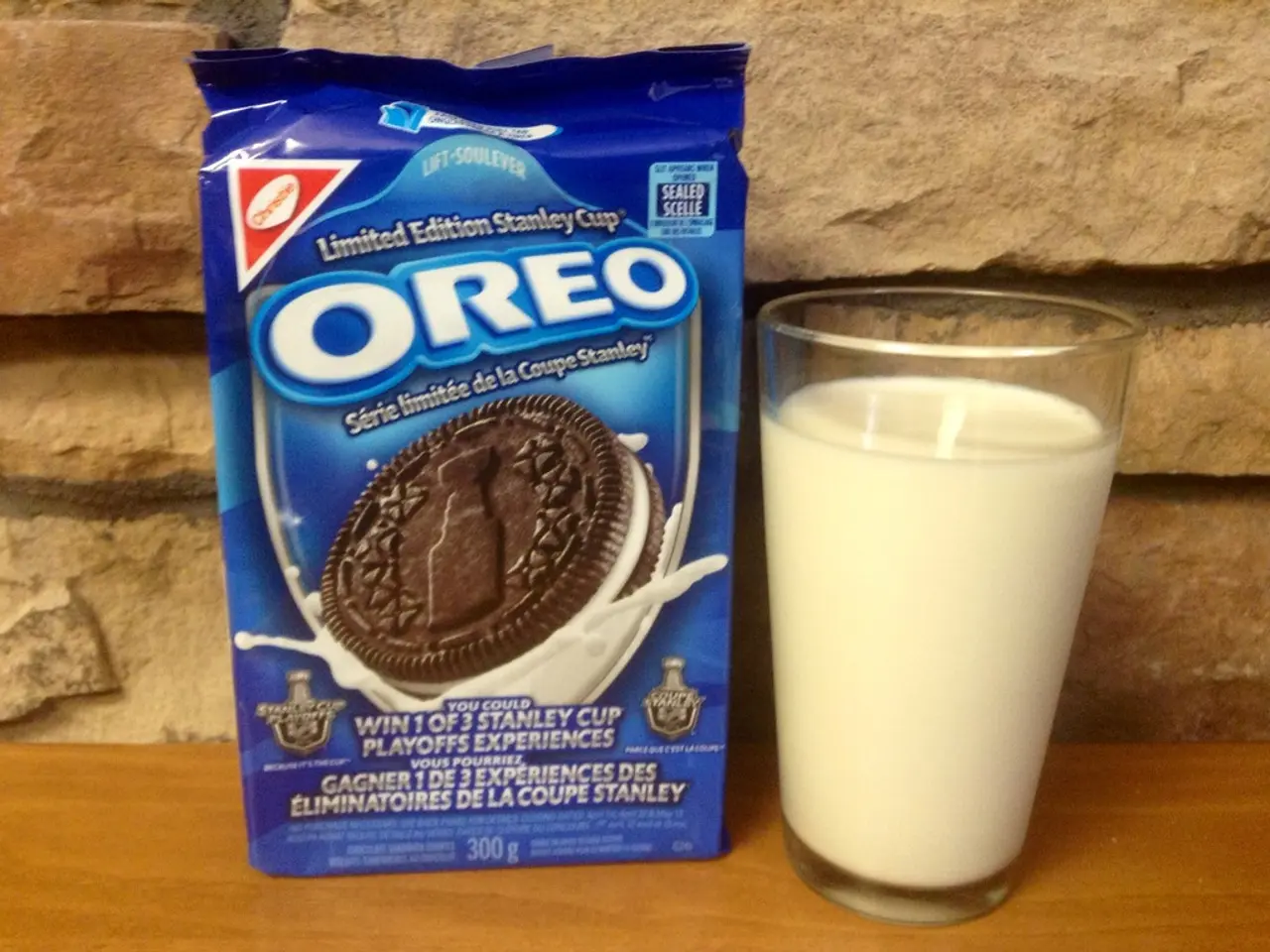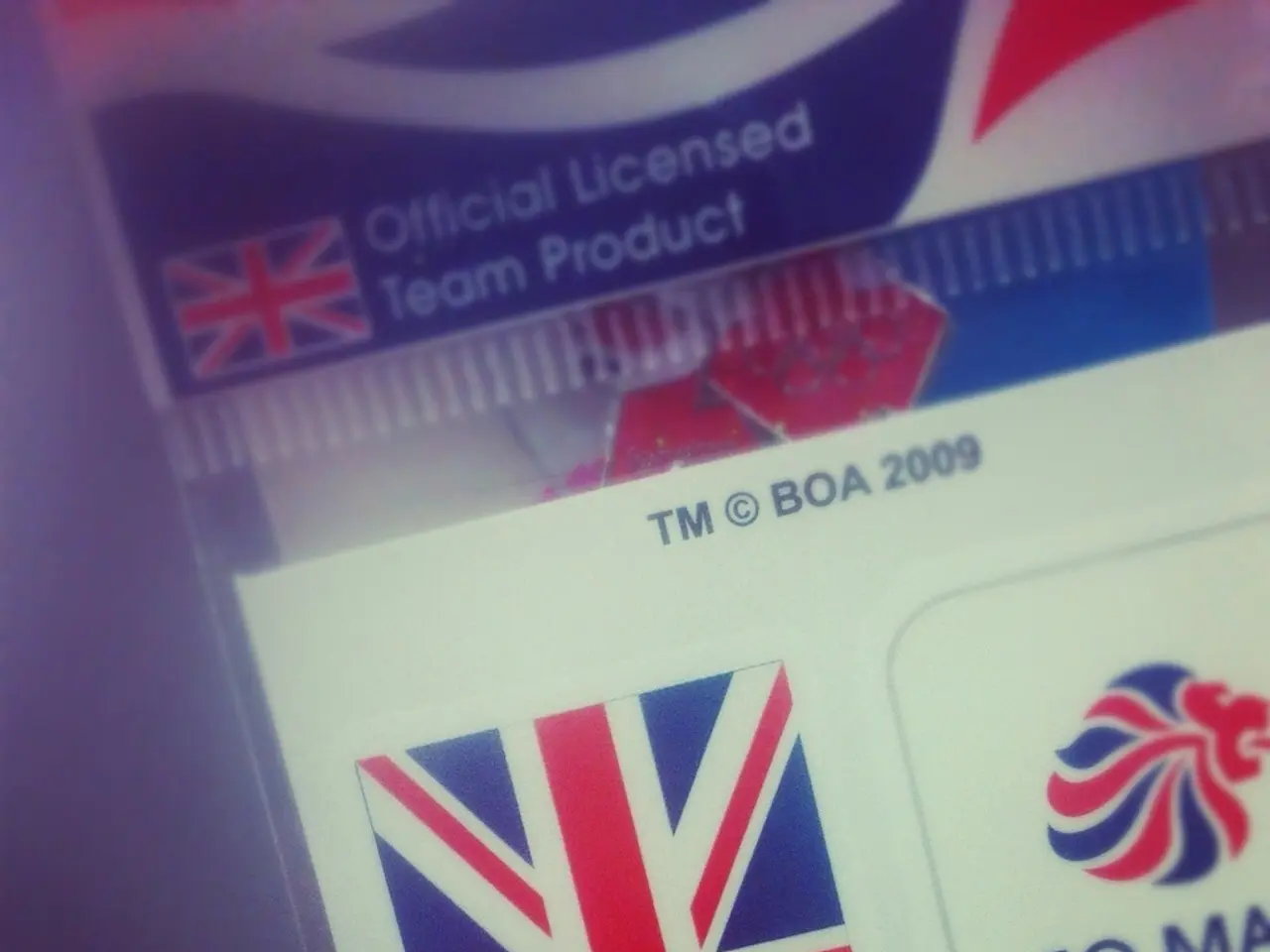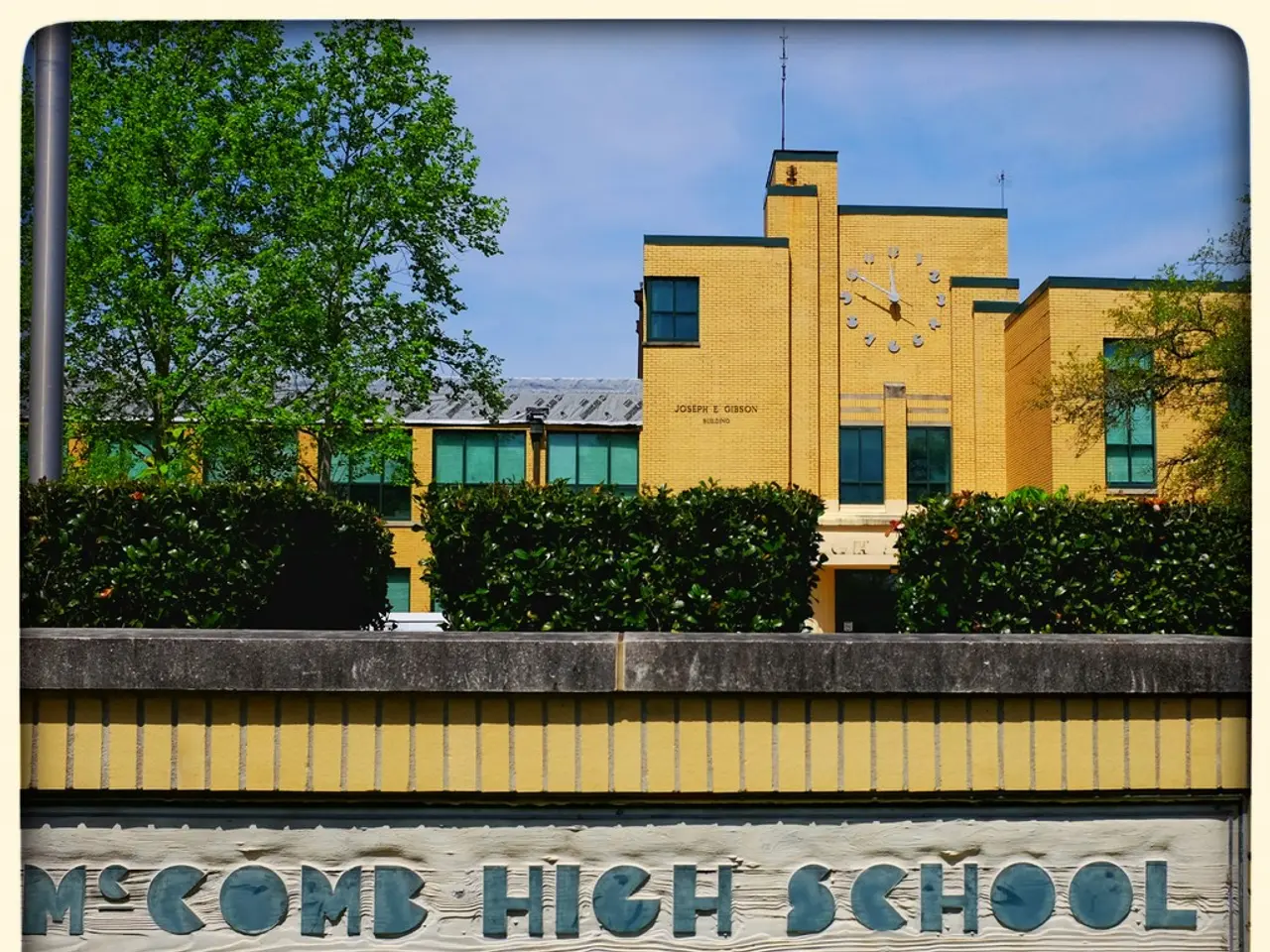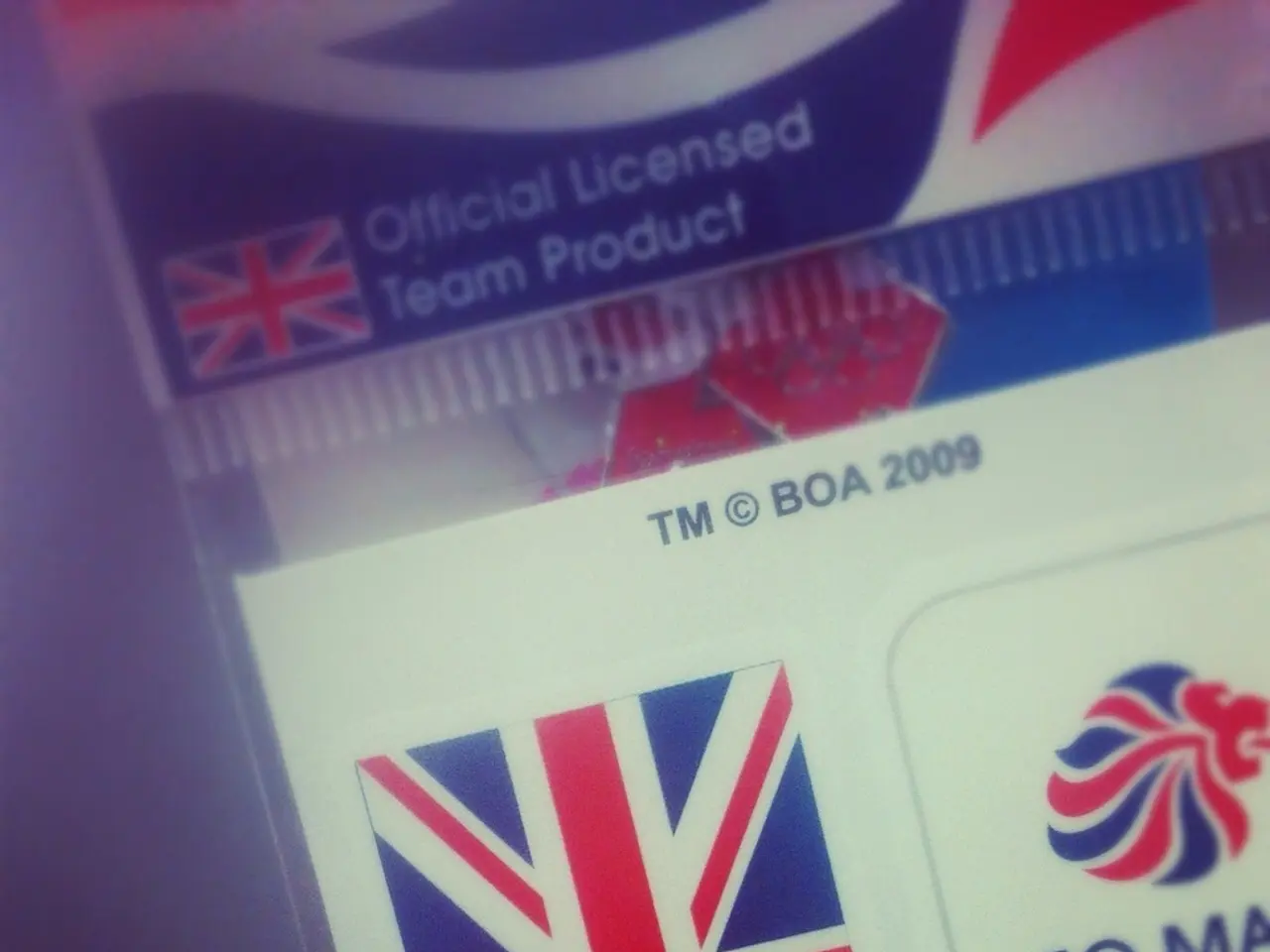Experiment Regarding Unusual Milk Properties in Science
Get ready for a mesmerising science adventure with the Magic Milk Experiment, a fun and educational activity suitable for children of all ages. This visually striking experiment, which illustrates the effects of surface tension and how fat molecules react to dish soap in milk, is part of the ongoing Summer Science Camp, hosted by Erica from What Do We Do All Day.
To embark on this magical journey, gather a few simple household items: a shallow plate or dish, whole milk, food colouring, dish soap, and cotton swabs. The higher fat content in whole milk ensures a more vibrant reaction.
Here's how to create your own Magic Milk galaxy:
1. Pour a shallow layer of whole milk into the plate, just enough to cover the bottom. 2. Add drops of different food colouring spaced out near the centre of the milk. Use generous drops for a more vibrant effect. 3. Dip a cotton swab into the dish soap. 4. Touch the soapy cotton swab gently to the surface of the milk where the food colouring is placed. 5. Watch as the colours begin to swirl and dance around like a magical galaxy, creating beautiful patterns.
The scientific explanation behind this enchanting display is fascinating. The dish soap breaks up the fat molecules in the milk, causing the surface tension to change and the colours to move in mesmerising patterns. The food colouring makes this invisible interaction visible, allowing you to observe the breaking of surface tension and fat molecule movement.
For those eager to explore further, there are several variations to try. Experiment with different types of milk like skim, 2%, or cream to see how varying fat content affects the reaction. Instead of a cotton swab, use a toothpick or a small stick dipped in soap for different effects. After the initial reaction, try adding more soap in other spots to see the pattern change again—this lets you redo the experiment multiple times.
In one variation, pour some oil on a tray and then add the coloured milk using a dropper to observe different behaviour of colours in oil versus milk. Combine the Magic Milk Experiment with themed learning, such as simulating a galaxy for space studies to engage young children with a story behind the science.
The Magic Milk Experiment is an excellent resource for children from preschool through elementary school and offers a chance to introduce scientific vocabulary like surface tension, molecules, and reaction in an engaging way.
The Summer Science Camp shares classic science experiments that children will enjoy, and the Magic Milk Experiment is just one of the many activities available. The link to the Super Cool Science Experiments for Kids page, a free resource, is provided for additional experiments. The Summer Science Camp takes place each Thursday this summer, and you can see what they made this week by following the provided link.
So, gather your supplies, invite your kids, and get ready to create your own magical Milk Galaxy at home or in the classroom. Happy experimenting!
Science experiments, such as the Magic Milk Experiment, are an essential part of education-and-self-development, particularly during the Summer Science Camp. By creating your own Magic Milk galaxy at home, you can explore the science behind surface tension and fat molecules, while having fun with the visual spectacle.




